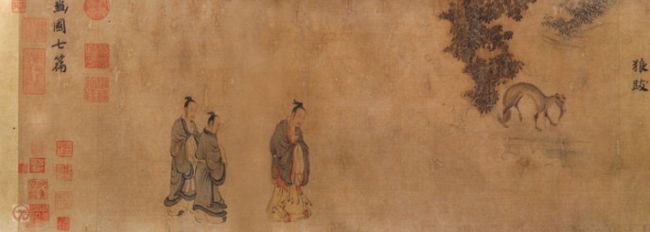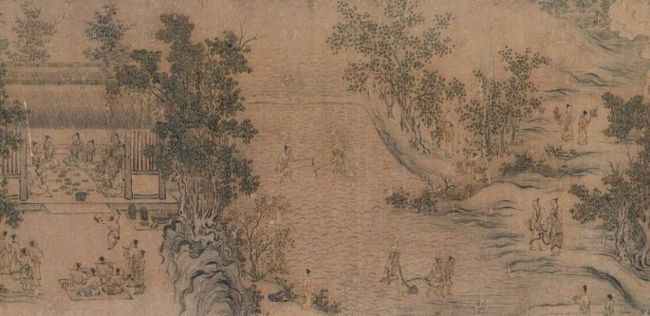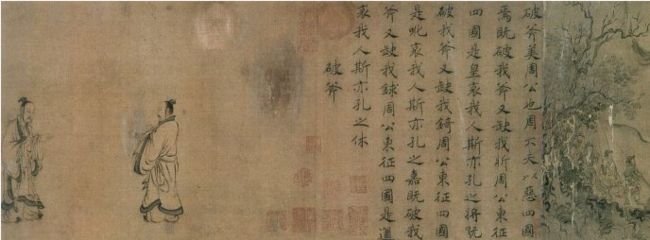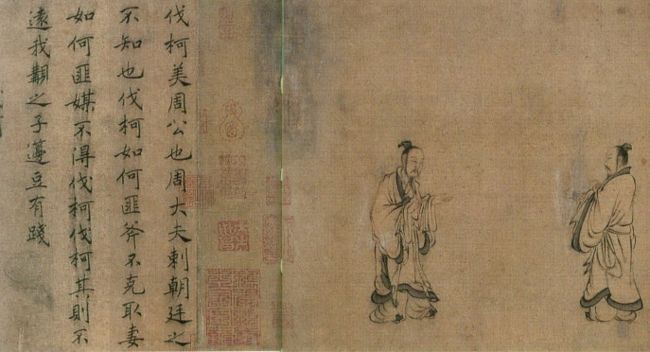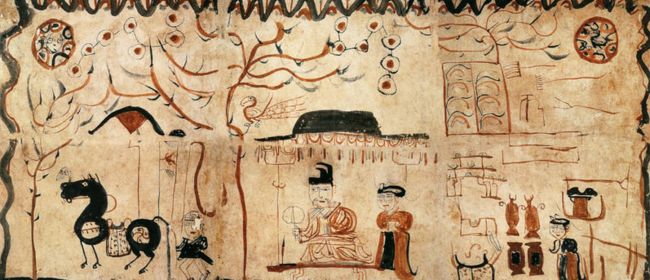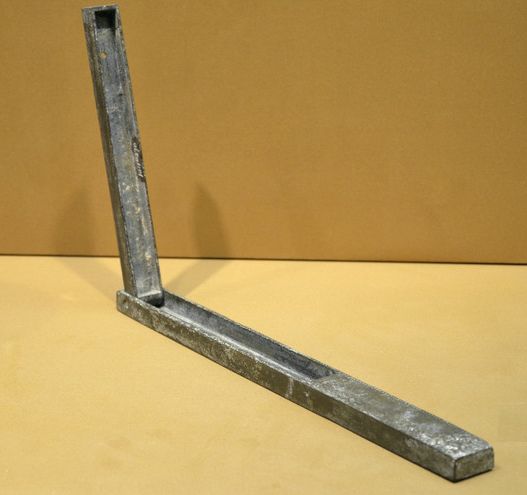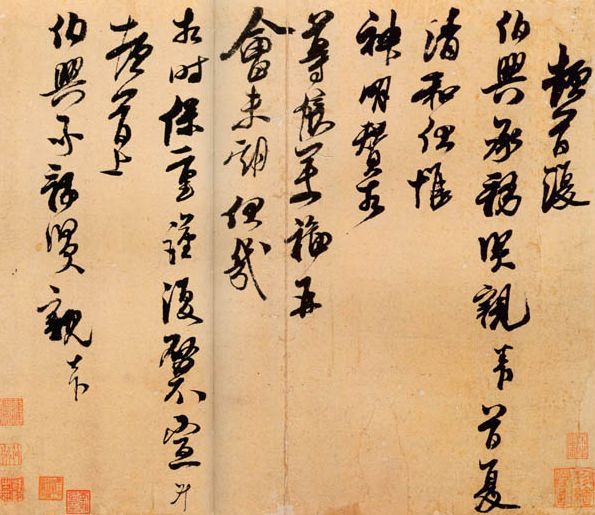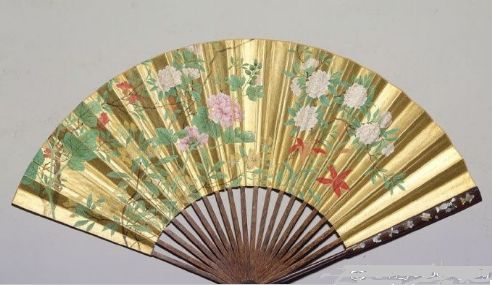Text by Zhang Liping & Zhang Wenqian
从2018年第7期起,中国国航的某期刊开始刊登我翻译的中国传统文化介绍的文章。每期五篇。
1. Beginning of Summer, Lesser Fullness, Grain in Earn, Summer Solstice, Lesser Heat and Greater Heat coming in turn
“Beginning of Summer, Lesser Fullness, Grain in Earn, Summer Solstice, Lesser Heat and Greater Heat come in turn, which are parts of the 24 Solar Terms. Summer is featured with growth meaning everything growing prosperously. Also, it is very hot and sometimes damp just like boiling something.The 24 Solar Terms shows exactly changes in climate and agriculture, thus it is called the fifth great invention of ancient China. We will demonstrate them later on especially focus on the six solar terms in summer.
Beginning of Summer is the first solar term after the initiate of summer. As the beginning of summer, it has long been endowed with significance since ancient times. Emperors of Zhou Dynasty would fast 3 days ahead of the term, and when the day finally came, they would march to the southern suburb at the head of the Three Councilors, Nine Ministers and scholar-officials of the empire to perform the ritual of welcoming the summer. Because the God that masters summer, namely the God of south, Zhu Rong, has a fire property, people in this light often characterized summer as ‘a season of red and brightness’ in ancient times and symbolized summer as vermilion. Therefore,in accordance with the requirement of season, the Emperors were demanded towear red suits and red jade. Even red carriages, horses and flags had to match the color so as to pay tribute to the God of summer.
The solar term Lesser Fullnesscomes 15 days after Beginning of Summer.During this term, winter wheat has finished its milk-filling process and is plumping gradually but yet to ripe completely. That’s why this term was named Lesser Fullness. In Lesser Fullnessthere’s supposedly anaugment in rainfall which often results in the rise or even flooding of the water bodies in southern China, otherwise the husbandmen will be subjected to severe droughts. Because of such situation, there were sayings in ancient times going like “Farm works cannot be proceeded without rainfalls in Lesser Fullness, and farmland would bedry without sufficient rainfalls in Lesser Fullness.” In order to ward off the drought and pray for sufficient water supply, peasants would sacrifice fish, meat,joss sticks and candles on the base of the waterwheel, and sprinkle a cup of water into the field at the same time. It was said the sacrificial ceremony can guarantee the source of water will be exuberant that can meet the need of crops.
The arrival of Grain in Earindicates the coming of midsummer, i.e. the second month of summer.In this term, newly-ripe wheat sprays its delicate fragrance across the fieldand awaits harvesting while paddies are waiting to be sown. Therefore peasants busy themselves with both harvesting and sowing at the same time and Grain in Ear is also called ‘busysowing’ whose pronunciation is similar to Grain in Ear in Chinese.
The end of plum rain season heralds the initiation of the Summer Solstice. In Chinese the Character ‘Zhi’ holds the meaningof ‘extreme’, which implies the fact that sunlight reaches the northernmost end and the day reaches the longest daytime in the year. In ancient times, people deemed the driving force of the variation of terms was the rotation and floating of Yin andYang, and the Summer Solstice was supposedly the time when the force of Yang reached its utmost as well as the beginning of the rise of the force of Yin,as is written in ancient Chinese poems,“Today is the climax of Yang, as well as the beginning of the breeding of Yin.” Thus,sacrificing to the God masteringYin is an indispensable ceremony of the day, and such rite was made by imperial order and attached to considerable significance until Qing Dynasty.
On the other hand, the folks feared that the crops would not thrive as the force of Yin bred in the Summer Solstice, so they would hang a wooden talisman over the door which is ‘6 cun in length, 3 cun in widthwith characters written in 5 colors on it’ for the purpose of ruling out the foul force. Meanwhile people were supposed to make Zongzi on this day. This is because the millet were termed as the‘crop of fire’ in ancient times, and Zizania, as a hydrophyte, was considered to possess the power of Yin. Thus,using the Zizania leaves to wrap up the millet is deemed as ‘Yin wrapping upYang’. In another perspective, the external is termed asYang and the internal asYin,therefore Zizania wrapping up the millets is also termed as ‘Yang wrapping upYin’. Such custom continued until Tang Dynasty before it was merged with the customs of Dragon-boatFestival.
Often called jointly as ‘Late summertime’,Slight and Great Heatare the last twosolar terms of summer as well as the hottest and stuffiest period of the year.Slight Heat signifies the beginning of extreme hot weather, during which the withering heat swept the entire land withnot even a slight wisp of cool wind.
Ensuing from theSlight Heat is the dog days, and Great Heat starts around the middle of it, namely 15 days after theSlight Heat. Great Heat got its name for the reason that during this term, the weather was even drastically hotter than that of Slight Heat.Great Heat is a crucial period of time for the crops like rice and cotton. Thus, despite “the water in the field isboiling and everyone is sweating like pouring”, peasants still busy themselves incessantly in the field.
Besides the high temperature, another meteorological trait of Great Heat is the frequent thunderstorm at noon, which bursts out against the bright sunshine with no prelude and leaves people unprepared. The rains do not suffice to wash away the sweltering heat, yet still they herald the coolness of autumn.Great Heat signifies the prosperity of everything, yet it forebodes their waning as well. As is written in one of the poems of Sima Guang, “Human beings are still suffering from the searing summer,while everything have perceived the prelude of autumn’, which is a perfect footnote for this solar term.
Caption:
The Picture under the title: Picture of Folk Customs by Ma He, Yuan Dynasty, Freer Gallery of Art
1. Picture of the Tomb Owner's Daily Life, Eastern Jin Dynasty, Museum of Xinjiang Uygur Autonomous Region
2. Clock Made of Copper and Diege Forlan, Eastern Han Dynasty, Nanjing Musem
3. Work of the Early Summer by WangSheng, Song Dynasty, Palace Museum
4. Irrigation of the Farming and Weaving Picture by Cheng Qi, Yuan Dynasty, Freer Gallery of Art
5. Pulling-up Seedlings of the Farming and Weaving Pictureby Cheng Qi, Yuan Dynasty, Freer Gallery of Art
6, Fan with Picture of Summer Flowers by Anonymity,Qing Dynasty, Metropolitan Museum of Art
7,Picture of Summer Holiday in Mojing Cottage by Wu Li, Qing Dynasty, Metropolitan Museum of Art
8,Volume of Eave by Zhao Boxiao,Song Dynasty, Taipei Palace Museum

